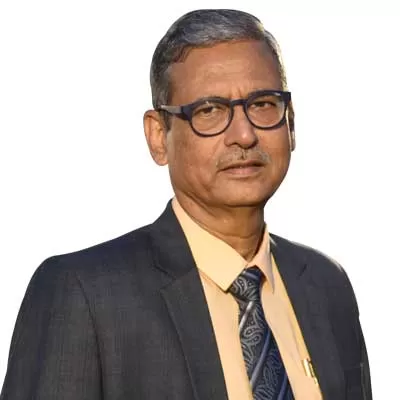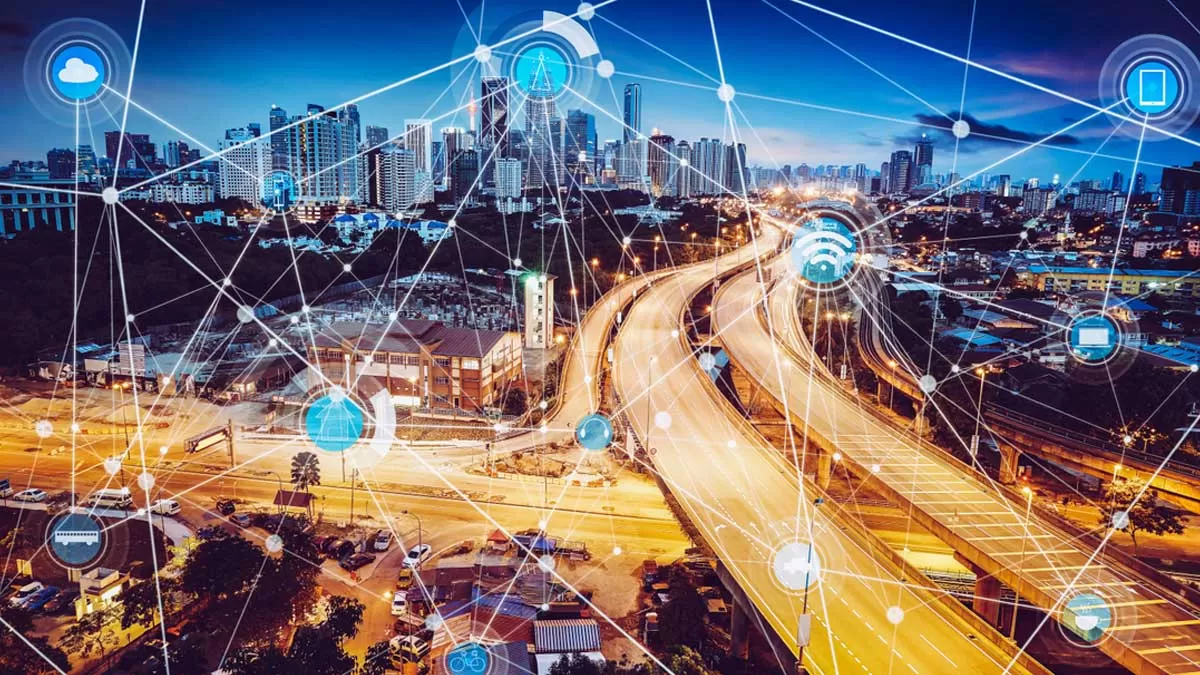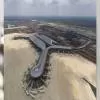
We use 5D BIM on the latest, complicated, large projects.
Read full article
CW Gold Benefits
- Weekly Industry Updates
- Industry Feature Stories
- Premium Newsletter Access
- Building Material Prices (weekly) + trends/analysis
- Best Stories from our sister publications - Indian Cement Review, Equipment India, Infrastructure Today
- Sector focused Research Reports
- Sector Wise Updates (infrastructure, cement, equipment & construction) + trend analysis
- Exclusive text & video interviews
- Digital Delivery
- Financial Data for publically listed companies + Analysis
- Preconceptual Projects in the pipeline PAN India

Oil Prices Rise Amid Iran-Israel Tensions Despite Record U.S. Output
Oil prices increased due to reports that Iran was preparing a retaliatory strike on Israel from Iraq, although record output from the United States tempered these gains. Brent crude futures rose by 29 cents, or 0.4%, to settle at $73.10 a barrel, while U.S. West Texas Intermediate (WTI) crude gained 23 cents, or 0.3%, closing at $69.49. Both benchmarks had reached session highs of over $2 a barrel earlier in the day. Analyst Ole Hvalbye from SEB Research commented that any Iranian response might be restrained, similar to Israel's limited strike from the previous weekend, suggesting that such a..

South and Southeast Asia to Invest Over $20 Billion in EV Development
A recent report by S&P Global Ratings projects that South and Southeast Asia will invest over $20 billion in electric vehicle (EV) development in the coming years, with India poised to attract significant EV-related investments. The report highlights India's vast market potential as a key driver for this growth. According to the report, the Tata and JSW groups are expected to invest over $30 billion in EVs and EV materials over the next decade, with approximately $10 billion allocated specifically for projects in South and Southeast Asia. The adoption of electric vehicles in India is anticip..

India and Saudi Arabia Explore Collaboration in Emerging Sectors
India and Saudi Arabia are exploring partnerships in emerging fields such as fintech, new technologies, energy efficiency, clean hydrogen, textiles, and mining to strengthen trade and investment ties, an official statement revealed on Friday. The discussions took place during Commerce and Industry Minister Piyush Goyal's visit to Riyadh, where he co-chaired the second meeting of the Economy and Investment Committee under the India-Saudi Strategic Partnership Council (SPC) with Saudi Energy Minister Abdulaziz bin Salman Al-Saud on October 30. These sectors were identified as high-potential are..













